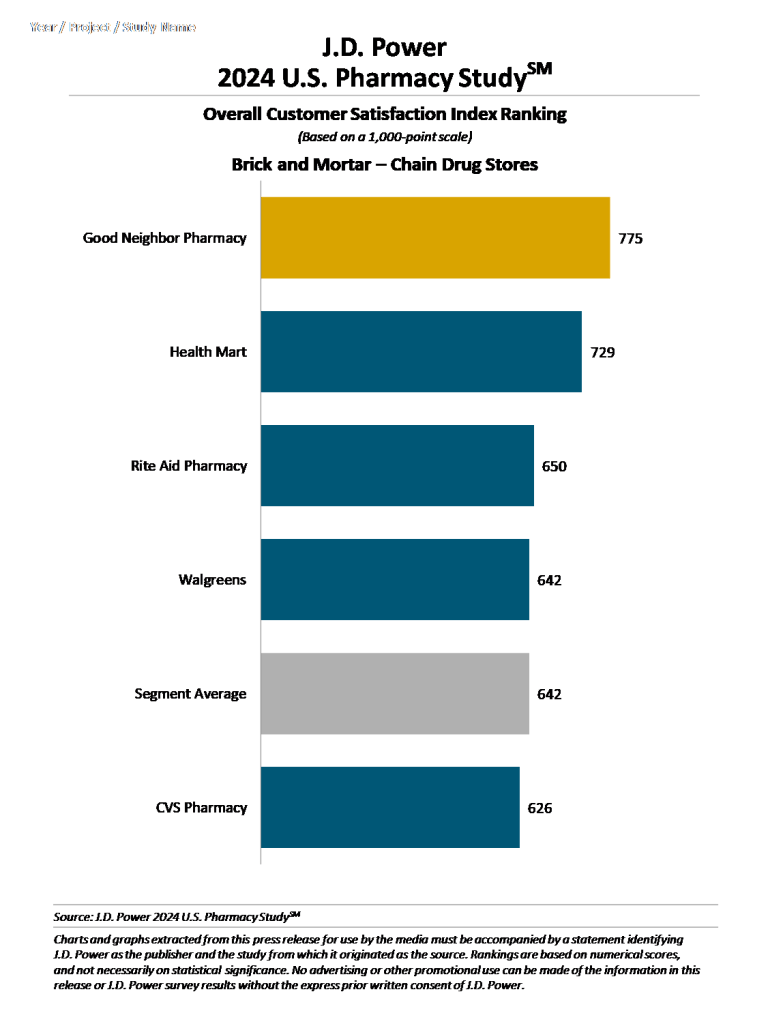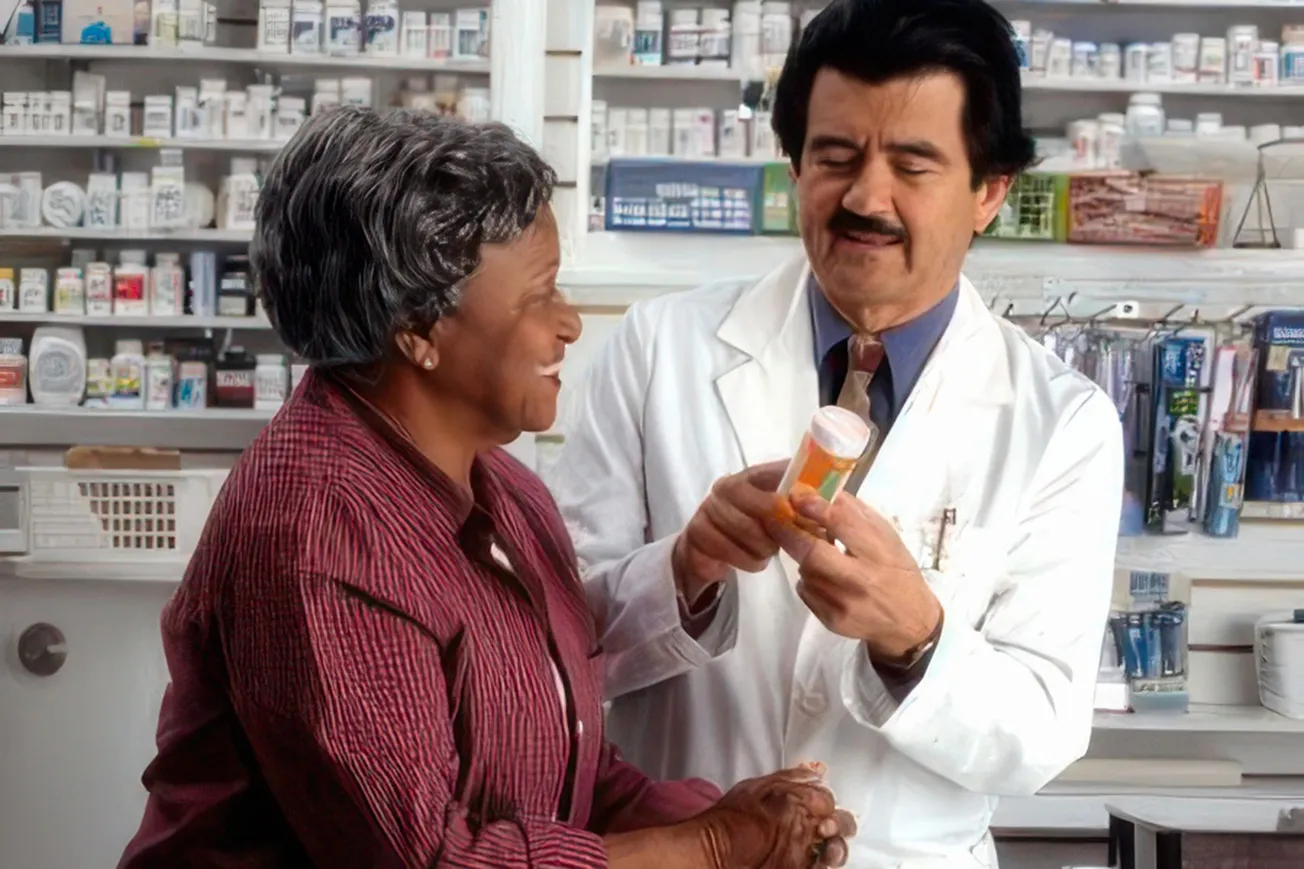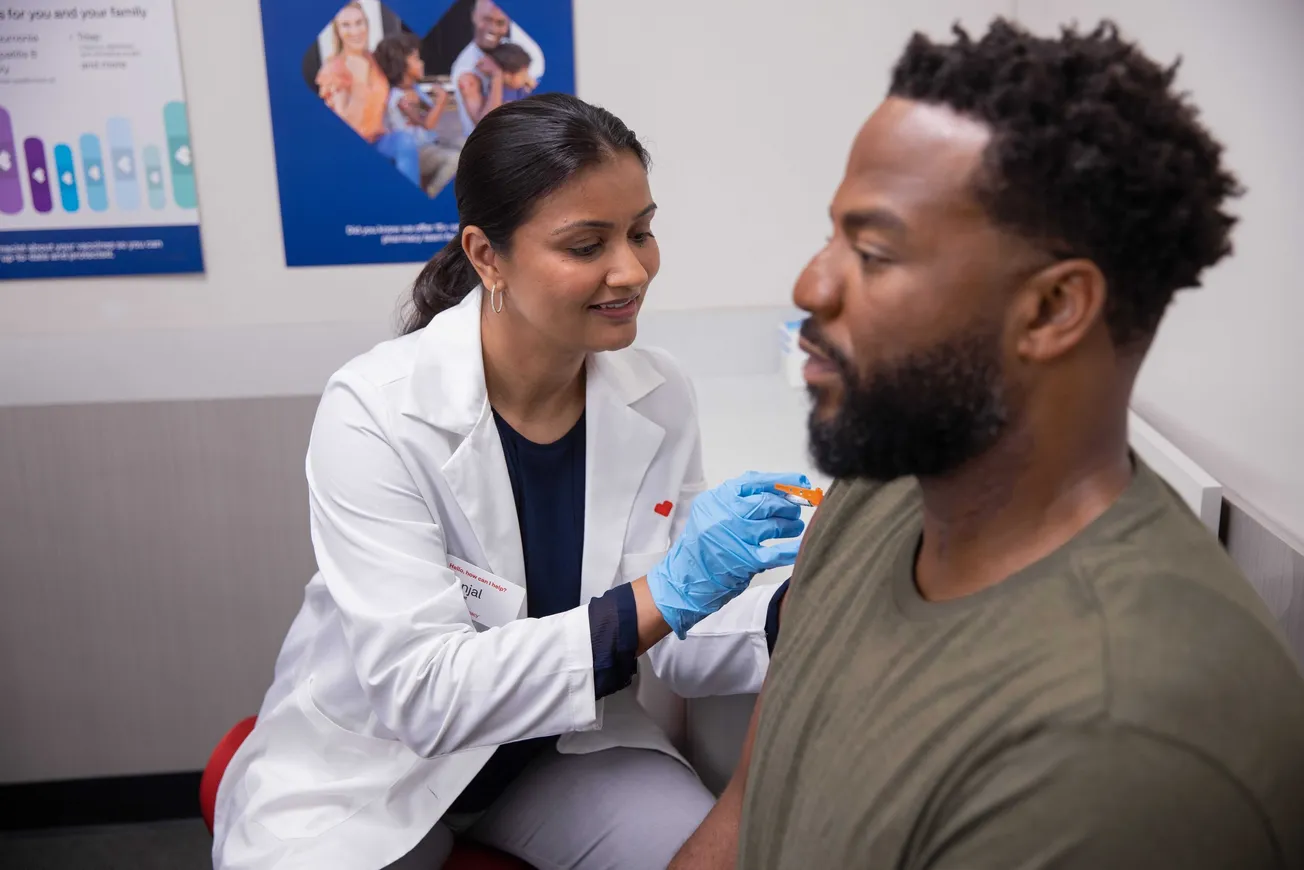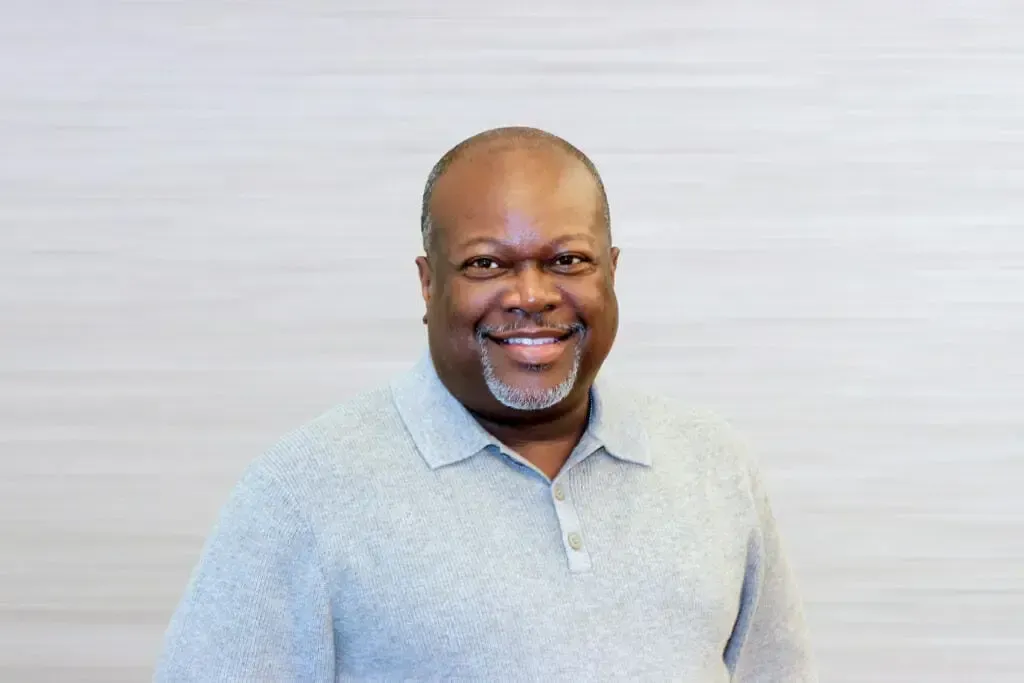TROY, Mich. — The level of trust and reliability pharmacy customers have come to expect from their local pharmacist is increasingly being found instead through mail order pharmacies. According to the J.D. Power 2024 U.S. Pharmacy Study, released Tuesday, overall satisfaction with mail order pharmacies is rising steadily, with a 6-point increase (on a 1,000-point scale) in overall customer satisfaction this year. Meanwhile, chain drug stores have seen their overall satisfaction scores slide far below the brick-and-mortar category average, with long wait times, lower levels of customer trust in pharmacists and difficulty in ordering prescriptions emerging as problem areas for the segment.
“The critical link that may allow brick-and-mortar pharmacies to keep pace with the rise of mail order and digital pharmacies is the familiarity that customers have with their pharmacist,” said Christopher Lis, managing director of global healthcare intelligence at J.D. Power. “This is a big differentiator that brick-and-mortar pharmacies need to closely monitor, as 52% of customers are now aware of digital pharmacies, most notably, Amazon Pharmacy. Customers need pharmacies to deliver on convenience, reliability and trust—and mail order and digital pharmacies are working to meet those expectations. As more consumers become aware of digital pharmacies, understand how they work and determine that many accept their insurance, brick-and-mortar stores risk losing market share.”
Following are some of the key findings of the 2024 study:
• Brick-and-mortar pharmacies lose ground to mail order: Even the top-performing brick-and-mortar pharmacies saw overall satisfaction scores decline more than 10 points this year, while satisfaction scores for mail order pharmacies have increased 6 points, on average. The declines in brick-and-mortar chain drug store satisfaction are affected by a combination of long wait times and difficulty ordering prescriptions.
• Retail pharmacists excel on communication but do not foster trust: Brick-and-mortar pharmacies are excelling in pharmacists’ communication with customers, with 89% of them indicating that their pharmacist’s explanation was understood—a significant positive change from 2023. That said, just 51% say prescriptions were filled quickly, and only 51% say their pharmacist is trustworthy.
• Online pharmacies need to prioritize ease of use on digital channels: Ease of ordering prescriptions continues to be the top factor driving customer satisfaction with mail order pharmacies. However, just 18% of mail order customers say their pharmacy offers a well-designed digital experience, indicating mail order pharmacies are losing ground on providing a digital experience that meets customers’ expectations.
• Confusion over insurance still a big obstacle for digital pharmacies: Nearly half (48%) of brick-and-mortar customers say they have not heard of digital pharmacies and just 60% of mail order customers say they have heard of digital pharmacies. The biggest barriers to adoption of digital pharmacies that customers cite are confusion as to whether they would work with their current insurance, trustworthiness and lack of use among people they know.

Sam’s Club ranks highest among brick-and-mortar mass merchandiser pharmacies for a ninth consecutive year, with a score of 777.
Publix ranks highest among brick-and-mortar supermarket pharmacies with a score of 755. ShopRite (747) ranks second and H-E-B (745) ranks third.
Good Neighbor Pharmacy ranks highest among brick-and-mortar chain drug store pharmacies for an eighth consecutive year, with a score of 775. Health Mart (729) ranks second and Rite Aid Pharmacy ranks third (650).
PillPack by Amazon Pharmacy ranks highest in the mail order segment with a score of 759. Amazon Pharmacy (727) ranks second.
The U.S. Pharmacy Study, now in its 16th year, measures customer satisfaction with brick-and-mortar and mail order pharmacies. The 2024 study is based on responses from 13,505 pharmacy customers who filled a prescription within the past 12 months and was fielded from September 2023 through May 2024.










